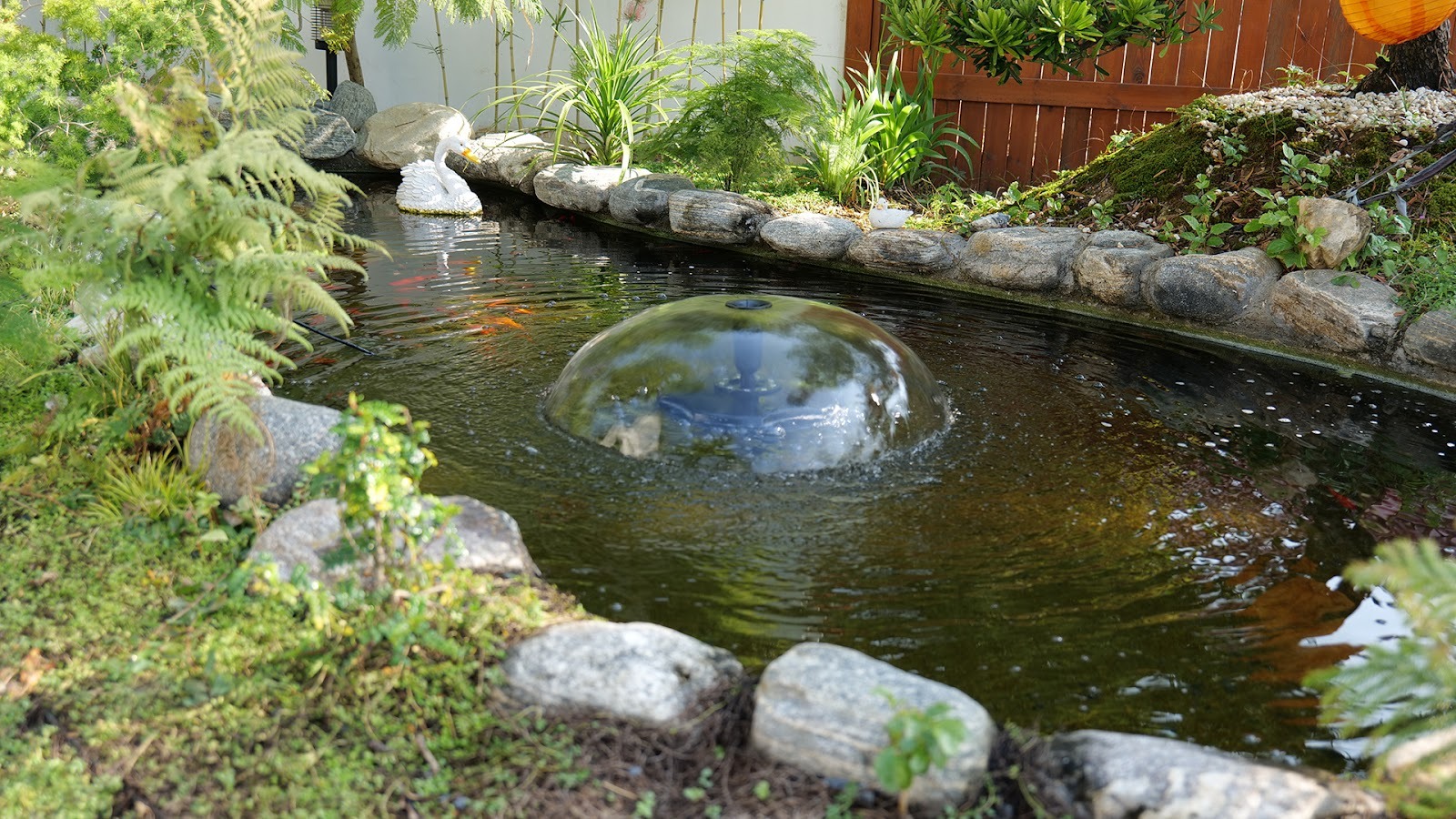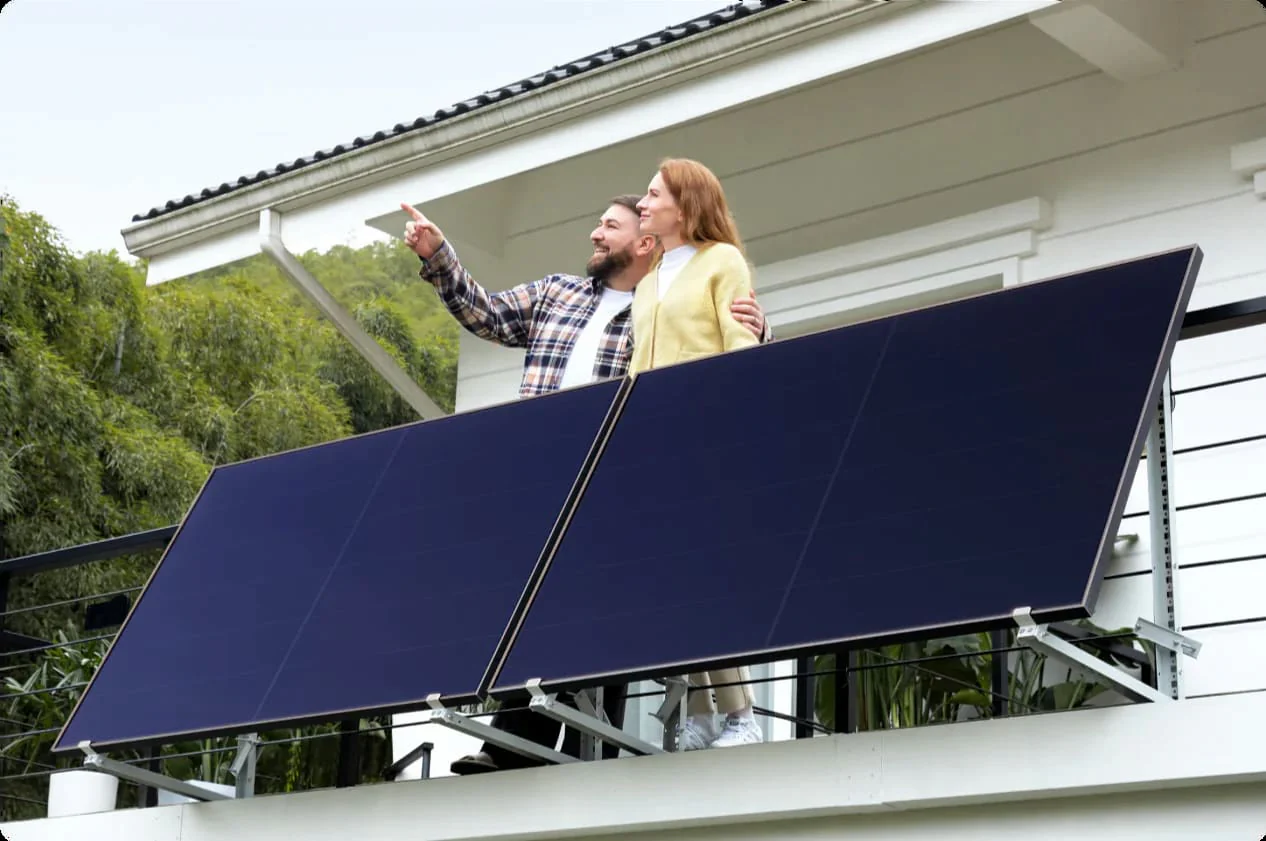Metal cladding is not just a design feature. It is a protective armour. It shields structures from harsh weather, adds architectural flair, and improves insulation. But even the strongest armour can fail if poorly fitted. One misstep during installation can turn an investment into a liability. Precision is everything. A flawless cladding job starts with awareness.
Let’s dive into the most frequent errors in metal cladding systems installation. We will also explore clever strategies to avoid them.
1. Ignoring Substrate Preparation
Substrate is the foundation. It bears the weight and holds the cladding in place. Yet many installers skip the prep work. They underestimate its importance. The result? Warping. Gaps. Reduced lifespan.
If the surface is uneven, the panels won’t align. Moisture may sneak behind the panels. Over time, corrosion sets in. The fix is simple.
- Start with inspection.
- Sand the surface.
- Remove debris.
- Apply moisture-resistant coatings when needed.
A well-prepped base is half the job done.
2. Choosing the Wrong Metal Type
Metal is not universal. Aluminium behaves differently from zinc. Copper ages gracefully, while steel rusts if unprotected. But some installers treat all metals the same. That’s a grave mistake.
Each project demands a different metal.
In coastal areas, salt-laden air corrodes steel rapidly. Aluminium fares better. Zinc weathers well but reacts to acidic rain. One must study the environment. Select a metal with a purpose. A wise choice ensures durability and aesthetics.
3. Disregarding Thermal Expansion
Metal expands and contracts. Temperature changes cause movement. Ignoring this law of physics leads to trouble. Panels may bulge, fasteners may snap, and seams may open.
Some installers forget to leave expansion gaps, while others use rigid fixings. Both approaches are flawed.
One must allow breathing space. Use flexible fasteners. Opt for slip joints where needed. Respecting expansion is crucial. It prevents structural stress and preserves visual harmony.
4. Using Incompatible Fasteners
Fasteners seem tiny. But they hold everything together. They must bond with the metal. When incompatible metals touch, galvanic corrosion occurs. It eats away at the metal. It weakens the panel. It causes staining.
For example, using carbon steel screws on aluminium cladding is a disaster. The metals react. Rust forms quickly. This mistake is more common than expected.
The solution? Match metals carefully. Use stainless steel fasteners for most applications. Apply isolating washers. Consult material compatibility charts. A tiny screw can make or break the entire project.
5. Overlooking Water Drainage
Some installers ignore drainage paths, while others block weep holes with sealant. Both mistakes lead to moisture build-up. That turns a sleek façade into a soggy nightmare.
Cladding systems must breathe. To ensure so:
- Incorporate ventilation gaps.
- Create escape routes for water.
- Use flashing to deflect moisture.
- Always check manufacturer guidelines.
Drainage is not optional. It is vital.
6. Misaligning Panels
A building’s façade is its face. Crooked panels distort its expression. Poor alignment shouts negligence. Gaps look ugly. They weaken wind resistance and betray the architect’s intent. Why does misalignment happen? Laziness. Rushed timelines. No chalk lines. No laser guides. Bad planning.
Avoid this through discipline. Measure thrice. Double-check alignment at every stage. A perfectly aligned wall speaks of craftsmanship. It shows pride in work. Clients notice the difference.
7. Skipping the Underlayment
Underlayment acts as a buffer. It cushions the cladding, absorbs movement, and blocks moisture. Yet some installers skip it entirely. They consider it an extra cost. That’s a false economy.
Without underlayment, the risk of water ingress increases. Temperature fluctuations affect the cladding directly. This leads to faster wear and tear.
So, select the right type. Breathable membranes suit some metals. Others need rigid insulation boards. Follow specs. Invest in quality. Underlayment is unseen, but its effect is powerful.
8. Failing to Follow Manufacturer Guidelines
Manufacturers are not just vendors. They are engineers who test products and publish precise instructions. Yet many installers toss those documents aside.
Improvisation is risky. One wrong screw placement can void warranties. One incorrect sealant can cause leaks. Every system is different.
Installers must read manuals. Attend training if needed. Ask questions. A 10-minute read can prevent a $10,000 repair.
9. Not Accounting for Wind Load
Tall buildings face strong winds, and so do coastal structures. A metal cladding system must withstand pressure. If not secured properly, panels may flutter. In extreme cases, they may fly off. This is not just a design issue. It’s a safety hazard.
To avoid this, perform wind load calculations. Choose a fastening system that matches the site’s wind zone. Space fixings correctly. Reinforce vulnerable corners. Wind is invisible, but its force is real.
10. Poor Flashing Installation
Flashing is the unsung hero. It seals edges. It keeps water out. It ensures continuity. But sloppy flashing ruins everything.
Many installers underestimate its importance. They use short lengths. They forget end dams. They use the wrong angle.
Effective flashing must divert water efficiently. It should overlap correctly. It should be secured tightly. Pay special attention to joints and corners. A leak starts small but grows fast. Good flashing halts it at the source.
Final Thoughts
Metal cladding is an art. It is also a science. Each panel tells a story, but only if installed with care. By understanding these common pitfalls, we raise our standards. We install with clarity. We protect with precision.
Cladding can elevate a building, or it can compromise it. The choice lies in our hands. If you’re ready, contact Claddco.





